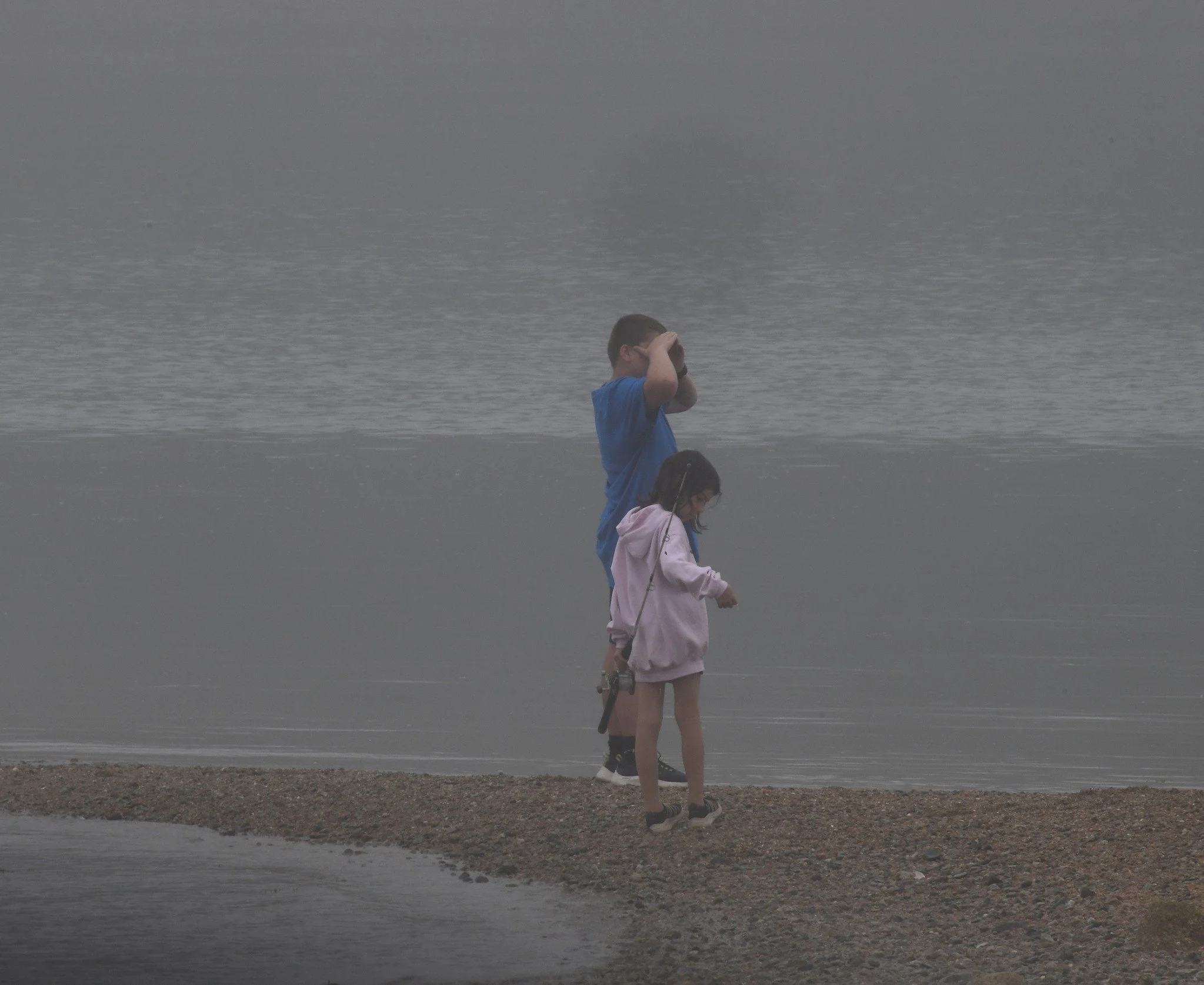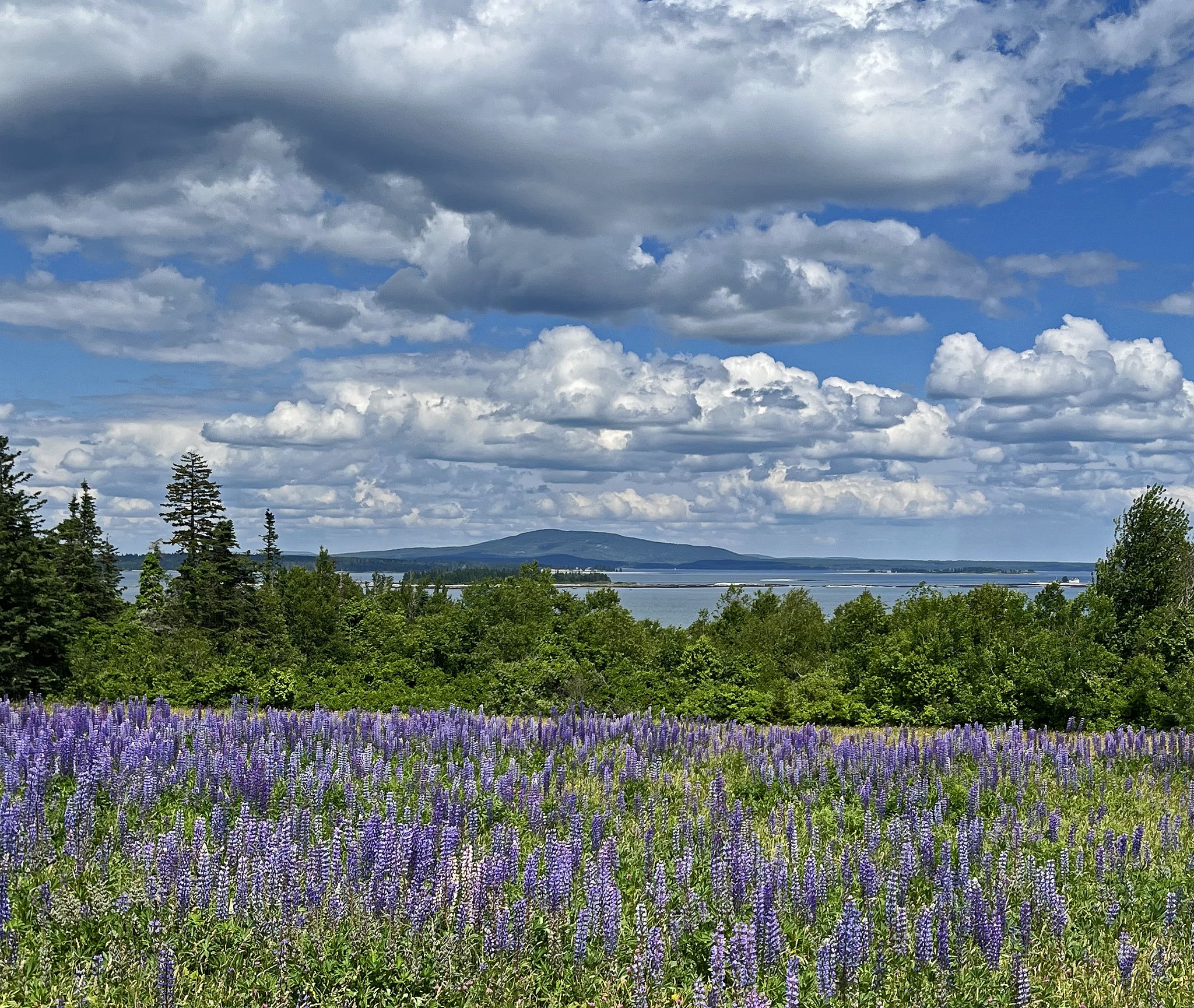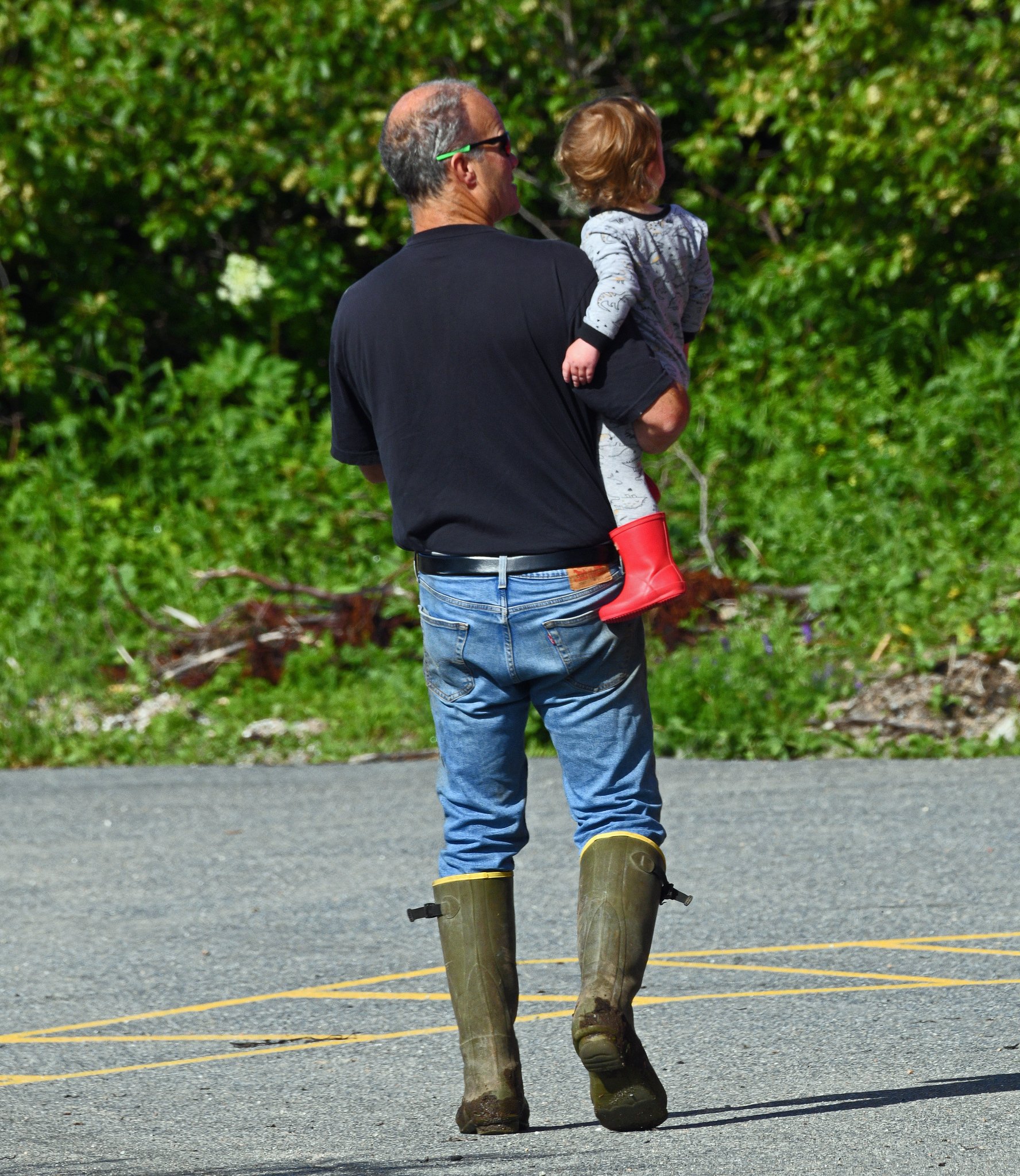It was darkening and sometimes rainy when we reached the mouth of Patten Stream Saturday. The falls were churning. The rock ledges were a shadowy backdrop, highlighted with occasional splatters of orange lichen or green moss and grass. A stationary great blue heron stood at the edge of the roaring water, apparently deciding whether to wade into the little maelstrom to get within striking distance of the fish that occasionally tumbled to the surface there.
She decided that it was worth the chance and slowly entered the water on the slippery rocks, using her massive wings as balancing umbrellas.
It didn’t work and she took off. But she didn’t fly away.
She flew up to a rocky ledge above and climbed down to the water’s edge on the other side of the Stream.
Unlike many good stories, this one has no dramatic ending, but it has no sad one either. The heron did not reenter the stream, nor did she catch a fish. But she seemed content just to be there and watch the stream, as were we.
(Images taken in Surry, Maine, on July 6, 2024; the bird’s sex was assumed.)



























































































































































































































